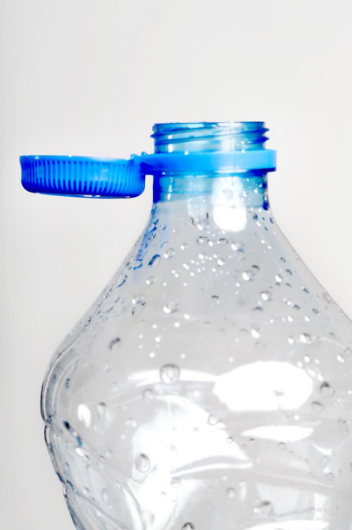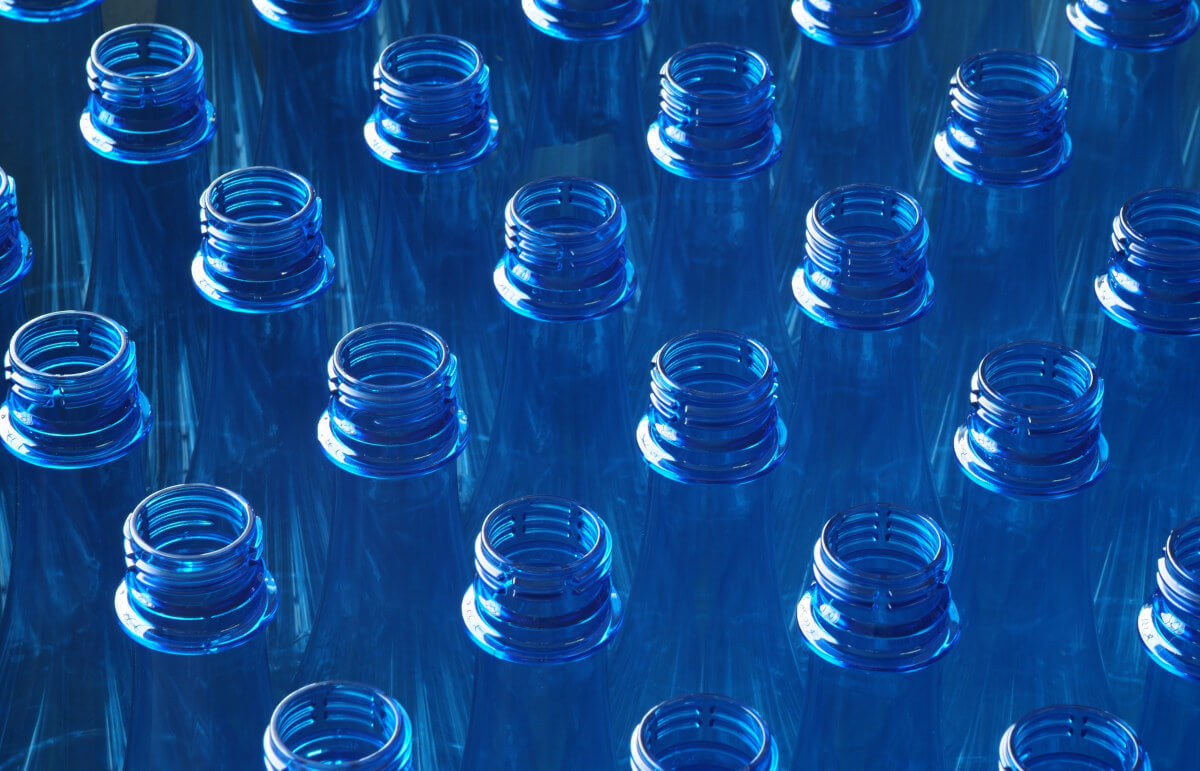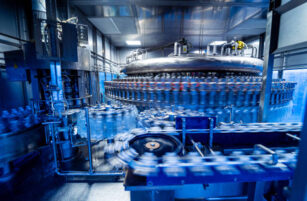Insight Focus
The goalposts are constantly shifting for plastic producers as new legislations and designs come into play. It is vital that producers and recyclers keep up with new and exciting developments.
Go to any packaging industry or plastics trade show and the hot topic will be the circular economy.
It may be that major players are talking about recycling, or lightweighting, or rPET usage, or that they’re lamenting the lack of recycled material available on the market. They may even be discussing the challenges of implementing tethered closures on their production lines before the fast-approaching deadline. But all the questions and issues come back to the unquestionable need to support the circular economy.
So, how can PET play a meaningful role in the Circular Economy? And how can PET industry leaders be sure that their contribution is not just hot air?
1. Design for Recycling
Design for Recycling (DfR) is a non-legal (yet!) set of guidelines that offers practical and technical insight into the compatibility of different packaging elements, including caps and closures, labels or adhesives, according to the various recycling streams.
The idea is that these Design for Recycling guidelines support the packaging industry on how to improve overall recyclability of plastic products and provide clear suggestions on what to do. These include the types of materials used, the ways in which material use can be reduced and the design behaviours that make recycling harder and don’t actually offer any consumer benefit.
2. Recycled PET (rPET)
The EU Commission is also promoting the increased use of recycled plastic materials for food contact, stating that 100% of plastic packaging must be recyclable by 2029. There is a 77% plastic bottle collection target by 2025, which rises to 90% by 2030. Furthermore, PET packaging must contain 25% post-consumer recycled plastic content from 2025.

While converters and brand owners are keen to meet this legislation, there is an issue of availability for rPET, so there are interesting solutions available such as NEOPET Cycle from Lithuania-based PET producer NEO Group. This is a PET resin that includes up to 30% of rPET integrated directly into the virgin PET, so converters can use one product instead of two, while still meeting legislative requirements.
3. Life Cycle Analysis
The objective of Life Cycle Analysis (LCA) is to support sustainable choices in sourcing, product design and manufacturing, so the most progressive decisions can be made for each application.
Often, brand owners that are looking to assess their suppliers though a tangible sustainability lens will ask for a clear LCA on each element of their potential procurement, making it easier to compare tenders and make more environmentally efficient decisions.
4. Tethered Closures
The European Union’s Single Use Plastics Directive (SUPD) involves an increase in collection and recycling of used plastic packaging and includes the obligation to use tethered caps for any single use plastic beverage container of up to 3 litres.
Tethered closures or caps means that the lid of the single use plastic beverage bottle stays attached to the bottle after opening. There are clear rules around how this should perform, including the number of opening and closing cycles, the audible or tangible ‘click’ to show the consumer the cap is sufficiently opened, and how it must be comfortable for the consumer to be able to drink from.

Source: iStock
The purpose of this legislation is so that the bottles and their lids are not separated in the recycling collections, making it easier to keep the materials of the closures in the recycling stream and to avoid them being discarded into the environment.














